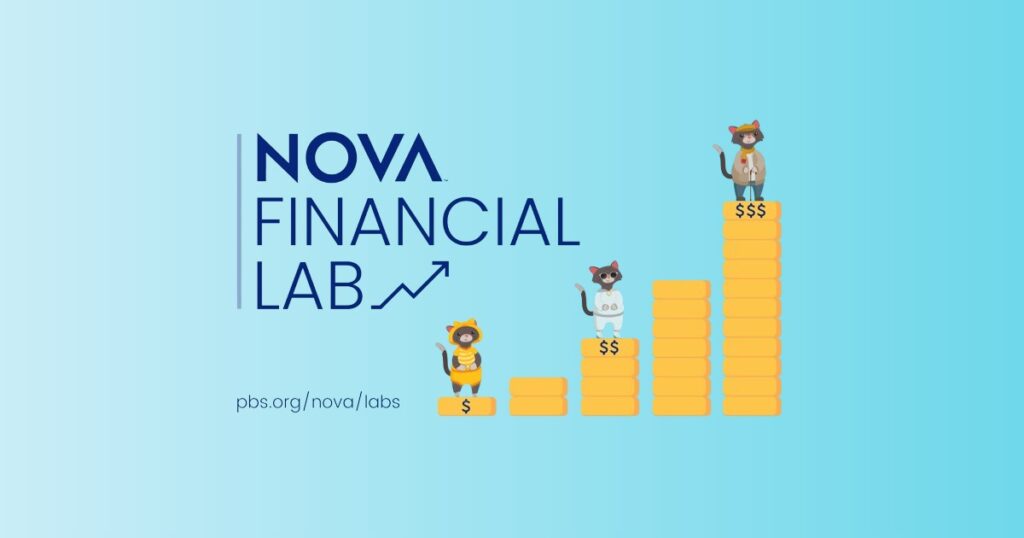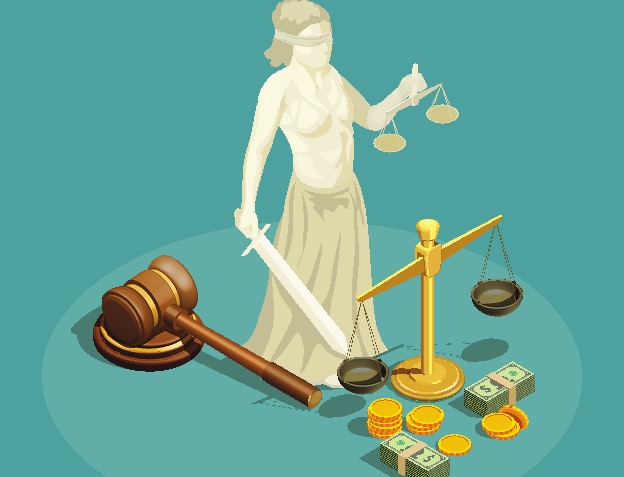
Content Partner
Grades 6-8, 9-12
Happy EconEdMonth! Celebrate economics all month long by visiting EconEdMonth.org

Don't have an account yet? Sign up for free
Don't have an account yet? Sign up for free

This lesson provides an overview of the basics of buying a home for the first time. Your students may make this decision sooner than they think. Although buying a home is the largest financial decision most people make, two-thirds of American adults do buy a home. In this lesson, students examine programs that make first-time home-buying more affordable. Then they examine over time several economic factors that influence the number of homes purchased. Finally, students use a mortgage calculator to find out how the size of the down payment, length of the loan, and interest rate affect the cost of the loan.
 This lesson provides an overview of the basics of buying a home for the first time. Your students may make this decision sooner than they think. Although buying a home is the largest financial decision most people make, two-thirds of American adults do buy a home. In this lesson, students examine programs that make first-time home-buying more affordable. Then they examine over time several economic factors that influence the number of homes purchased. Finally, students use a mortgage calculator to find out how the size of the down payment, length of the loan, and interest rate affect the cost of the loan.
This lesson provides an overview of the basics of buying a home for the first time. Your students may make this decision sooner than they think. Although buying a home is the largest financial decision most people make, two-thirds of American adults do buy a home. In this lesson, students examine programs that make first-time home-buying more affordable. Then they examine over time several economic factors that influence the number of homes purchased. Finally, students use a mortgage calculator to find out how the size of the down payment, length of the loan, and interest rate affect the cost of the loan.
In order to read the first article and the historical home affordability data, students need the https://acrobat.adobe.com/us/en/acrobat.html.
Home ownership. is part of the American dream. But for some people, the cost of home ownership. seems more like an American nightmare. Buying a home usually is the largest financial commitment that a person or family ever makes. Buying a home for the first time can be particularly intimidating.
Buying a home, however, is easier and more affordable than you may think. The keys are understanding the procedures and processes of home ownership. and developing the skills to reduce the costs of home ownership.
In this activity, you'll see that there are many programs that help consumers buy a first home. Although some of these programs reduce initial costs, they can raise long-term costs. Next you'll analyze the economic factors that influence the costs of home ownership. Finally, you will use a mortgage calculator to master the basics of comparing the costs of mortgages. This is important because the cost of the mortgage is the largest cost of home ownership. Understanding the components of mortgage costs and comparing those costs among several lenders can save you thousands of dollars. Let's get started.
Read On the Brink. This article on the costs of first-time home buyers appeared in The Wall Street Journal Classroom Edition in February 1999.
After reading the article, answer the following questions.
Now let's examine the economic factors that influence home sales. You will examine the data in six charts. The scale for the data on these charts is on the left vertical axis. The horizontal axis tracks these data over the past 29 years. The light blue shaded areas represent economic recessions in the United States. The economic factors that you will examine are:
Before analyzing the data in the charts, please read the longer descriptions, which accompany the charts. Now click on Charts.
First let's answer some factual questions.
Now let's analyze the data and see what conclusions we can draw.
Now it's time to shop for a mortgage. There are three keys to reducing mortgage costs. First, the larger the down payment, the lower the principal of the loan. If you borrow less, you will pay less interest, which is the cost of the loan. Second, the lower the annual interest rate, the less interest you will pay. The annual interest rate is the percentage of the loan (principal) that you pay in interest each year. Your total payment minus the principal equals the total dollar amount of interest you will pay for the loan. Finally, the faster you pay off the loan, the less interest you will pay.
Let's analyze four different mortgages with different down payments, annual interest rates, and time periods. All of the home buyers are buying a $125,000 house.
These four mortgages are compared in the chart below. Notice that the monthly payment and total payment (principal plus interest) are blank.
You will fill these in, using the mortgage calculator.
| Mortgage 1 | Mortgage 2 | Mortgage 3 | Mortgage 4 | |
| Home price | $125,000 | $125,000 | $125,000 | $125,000 |
| Percentage down | 20% | 5% | 20% | 20% |
| Total down payment | 25,000 | 6,250 | 25,000 | 25,000 |
| Initial principal | 100,000 | 118,750 | 100,000 | 100,000 |
| Annual interest rate | 7% | 7% | 6% | 6.5% |
| Term | 30 years | 30 years | 30 years | 15 years |
| Monthly payment | [665.30] | [790.05] | [599.55] | [871.11] |
| Total payment | [239,510.98] | [284,413.61] | [215,838.44] | [156,798.89] |
Use the following link to download and/or print a worksheet for the activity above. Mortgage rate analyze rate activity
Using a mortgage calculator is easy. Just plug in the initial principle (mortgage amount),
annual interest rate, and term (in years) for each of the four mortgages. Check monthly payment amounts and total payments. Now go to the https://www.mortgagecalculator.org/ and fill in the rest of the chart.
Based on your chart, answer these questions.
Your Housing IQ:
Test your housing IQ using the following interactive activity.
Check your Home-buyer IQ Score:
| 9 – 10 | Home-buying genius |
| 7-8 | Very smart home buyer |
| 5-6 | Home maintenance needed |
| 3-4 | Have you considered renting? |
| 0-2 | Live in your car |

Content Partner
Grades 6-8, 9-12

Grades 9-12


Grades 9-12
